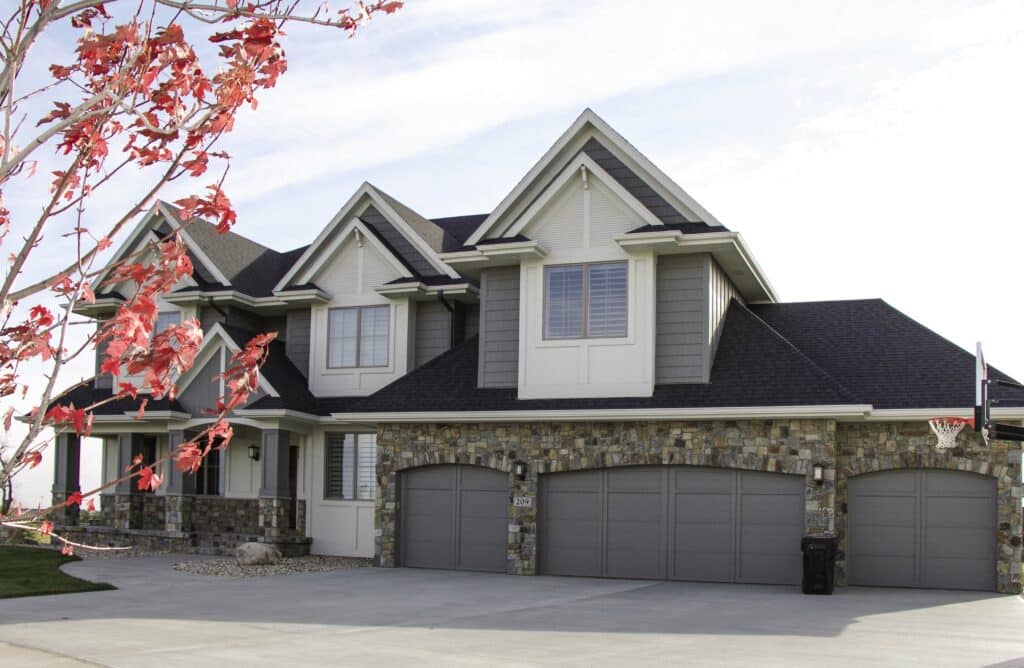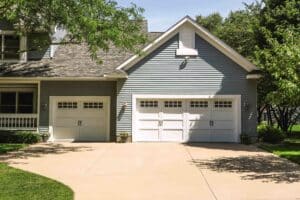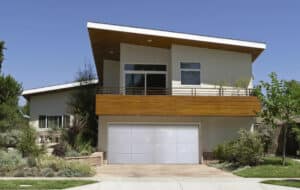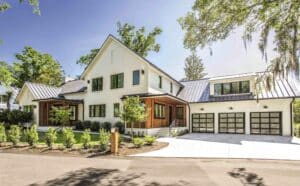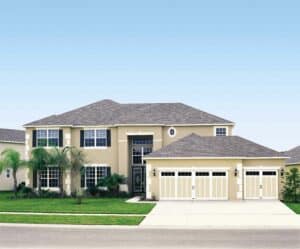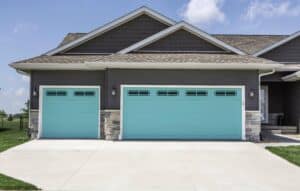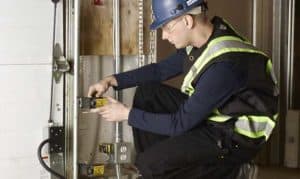Garages are an essential part of our homes, providing shelter to our vehicles and valuable belongings. However, they are often overlooked when it comes to security. Ensuring the safety of your garage is crucial to protect your property and loved ones. In this article, we will explore effective ways to increase garage security, including the use of locks, sensors, and advanced security features.
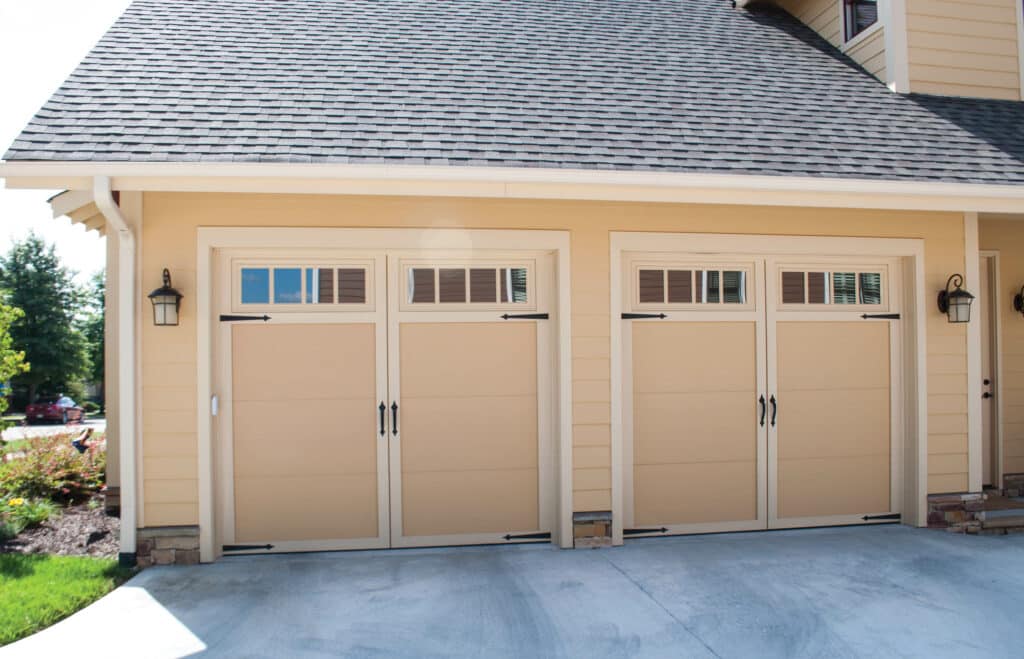
#1 – Assess Your Current Security
Before making any improvements, take the time to assess your garage’s current security. Check the condition of locks, windows, and any existing security systems. Identifying weaknesses is the first step towards enhancing security.
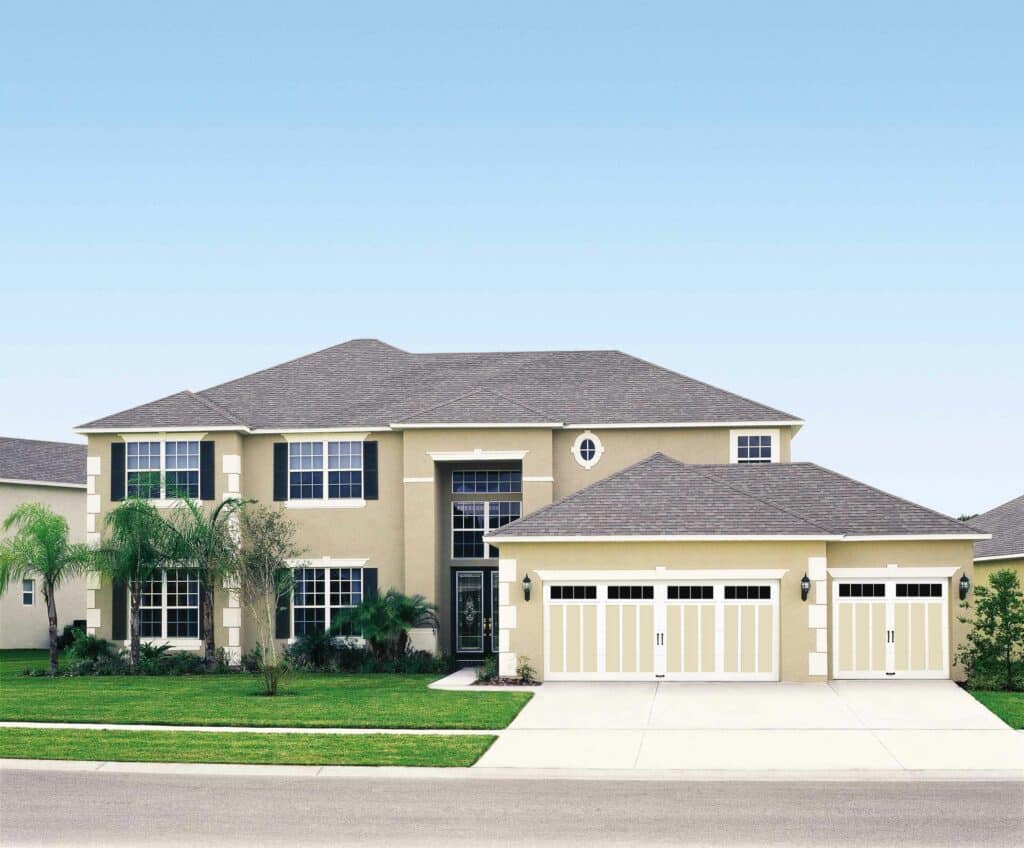
Examine the Locks
Begin your assessment by closely examining the locks on your garage doors. Check for signs of wear and tear, rust, or any visible damage. Are the locks functioning smoothly, or do they feel stiff and outdated? If you have electronic or smart locks, ensure that their batteries are in good condition and that they are operational.
Inspect Windows
Garage windows are often overlooked, but they can be potential entry points for intruders. Inspect the condition of the windows, including the frames and glass. Are there any cracks or gaps that could be exploited? Consider reinforcing windows with security film or installing shatterproof glass to deter break-ins.
Evaluate Existing Security Systems
If you already have security systems in place, whether it’s an alarm system, surveillance cameras, or motion-activated lights, evaluate their functionality. Test each component to make sure they are working correctly. Check for any blind spots in your camera coverage and ensure that sensors and alarms are responsive.
Analyze Access Points
Take note of all access points to your garage. This includes pedestrian doors, service doors, and any other entryways. Ensure that these doors are equipped with secure locks and that they are in good working condition. If you have sliding or overhead garage doors, make sure they are not prone to forced entry.
Review Maintenance Records
Review any maintenance records related to your garage security features. Regular maintenance is essential to keep locks, sensors, and other security components in optimal condition. If you’ve been neglecting maintenance, it’s time to schedule servicing to prevent unexpected vulnerabilities.
Seek Professional Advice
Consider consulting a security professional to conduct a comprehensive security audit of your garage. They can identify weaknesses that might not be apparent to the untrained eye and recommend tailored security solutions based on your specific needs and budget.
#2 – Upgrade Your Garage Door Locks
Invest in high-quality locks for your garage doors. Deadbolt locks and smart locks are excellent choices. Ensure that the locks are properly installed and consider reinforcing the door frames.
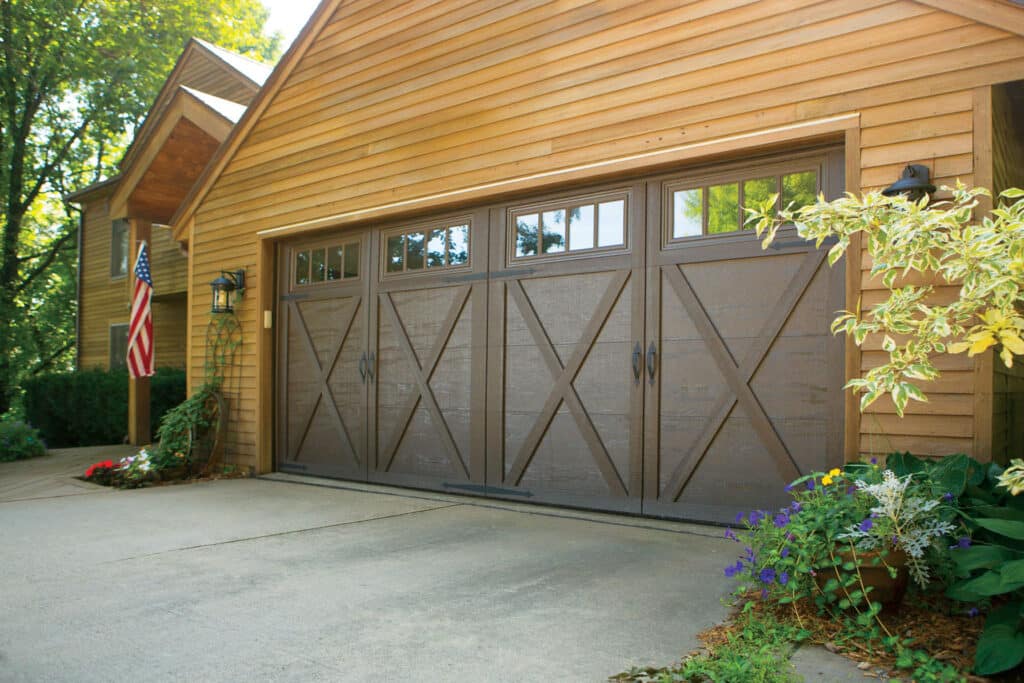
Choose the Right Locks
Begin by selecting the right locks for your garage doors. Deadbolt locks and smart locks are excellent choices due to their reliability and security features. Deadbolt locks are sturdy and difficult to manipulate, making them a classic choice for securing your garage. Smart locks, on the other hand, provide the convenience of remote access control and real-time monitoring through your smartphone.
Assess Compatibility
Before making a purchase, assess the compatibility of the locks with your existing garage door setup. Some garage doors may require specific lock types or modifications for proper installation. Ensure that the locks you choose are suitable for your garage door’s design and construction.
Professional Installation
Proper installation is crucial to the effectiveness of your new locks. While some homeowners may have the skills to install locks themselves, it’s often advisable to seek professional installation services. Professionals have the expertise to ensure that locks are securely and correctly fitted, minimizing the risk of installation errors.
Reinforce Door Frames
In addition to upgrading the locks themselves, consider reinforcing the door frames. Strengthening the frames around your garage doors can make it even more challenging for potential intruders to force their way in. Reinforcement kits are available, and a professional installer can help with this as well.
Test and Maintain
After the installation is complete, test the locks to ensure they are functioning smoothly. Check that the deadbolts extend fully, and if you have smart locks, connect them to your home automation system for seamless control. Regular maintenance, such as lubricating lock mechanisms and cleaning, is essential to keep the locks in optimal condition.
Consider Keyless Entry
For added convenience and security, you may want to consider keyless entry options for your garage. Keyless entry systems eliminate the need for physical keys, reducing the risk of unauthorized access. These systems often come with keypad or smartphone app access, allowing you to control and monitor your garage locks remotely.
Keep Spare Keys Secure
If you have spare keys for your garage door locks, ensure that they are kept in a secure location. Avoid leaving them in easily accessible areas, such as inside your car parked in the driveway. Consider using a key lockbox or a secure drawer inside your home for safekeeping.
Upgrading your garage door locks is a proactive and effective way to enhance the security of your garage. By choosing the right locks, ensuring professional installation, and considering additional security measures like door frame reinforcement and keyless entry, you can significantly reduce the risk of unauthorized access to your garage. Remember, a well-protected garage contributes to the overall safety of your home.
#3 – Install Motion-Activated Sensors
Motion-activated sensors can be a game-changer in garage security. These sensors detect any movement within the garage and can trigger lights or alarms, deterring potential intruders.
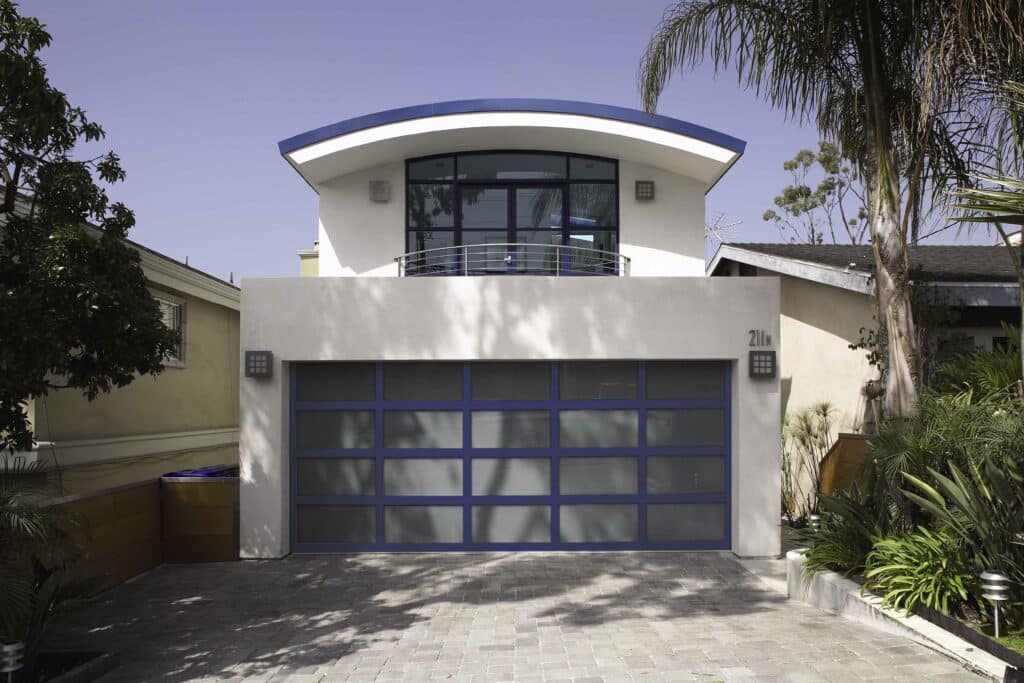
Enhanced Detection
Motion-activated sensors are highly sensitive and can detect even subtle movements within your garage. Whether it’s an intruder attempting to gain access or an unexpected visitor, these sensors act as an extra set of vigilant eyes, ensuring that any unusual activity doesn’t go unnoticed.
Immediate Deterrence
One of the primary advantages of motion-activated sensors is their ability to provide immediate deterrence. When an intruder enters your garage and triggers these sensors, the sudden activation of lights or alarms can startle them and discourage further intrusion. This immediate response can prevent potential theft or vandalism.
Increased Safety
Motion-activated sensors also contribute to your safety by ensuring that your garage is well-lit when you enter. This can help you avoid tripping over objects or obstacles and provide a sense of security when returning home at night.
Customizable Settings
Modern motion-activated sensor systems offer customizable settings, allowing you to tailor their behavior to your preferences. You can adjust the sensitivity level, the duration of light or alarm activation, and even integrate them with your home security system for comprehensive control.
Energy Efficiency
Many motion-activated lighting systems are designed to conserve energy by turning off automatically when no motion is detected. This not only reduces your electricity bills but also minimizes the environmental impact.
Easy Installation
Installing motion-activated sensors is typically a straightforward process. They can be mounted in strategic locations within your garage, such as near entry points or in areas with valuable belongings. While some homeowners may choose to install these sensors themselves, professional installation ensures optimal placement and functionality.
Integration with Security Systems
For enhanced security, consider integrating your motion-activated sensors with your overall security system. This allows for seamless communication between different security components, such as surveillance cameras and alarms, providing a comprehensive approach to garage security.
By installing motion-activated sensors in your garage, you’re taking a proactive step to safeguard your property and loved ones. These sensors not only detect intruders but also provide immediate deterrence and increased safety. With customizable settings, energy efficiency, and the option for integration with your security system, motion-activated sensors are a valuable addition to your garage security measures.
#5 – Regular Maintenance
Regular maintenance is the cornerstone of maintaining a secure garage environment. It’s not enough to install top-notch security features; you must also ensure that these components remain in optimal working condition over time. Here’s why regular maintenance is crucial for garage security and how to go about it:
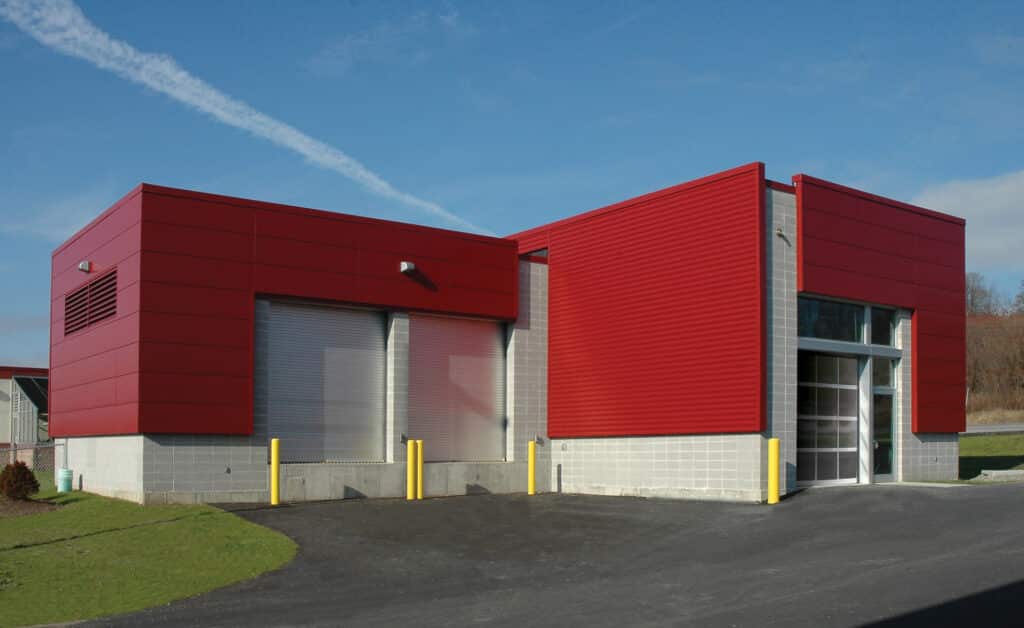
Prevent Unexpected Vulnerabilities
Your garage’s security is only as strong as its weakest link. Over time, wear and tear, exposure to the elements, and everyday use can lead to the deterioration of locks, sensors, and other security features. Regular maintenance helps identify and address these vulnerabilities before they can be exploited by potential intruders.
Extend the Lifespan of Components
By performing routine maintenance, you can extend the lifespan of your garage security components. Proper care and timely repairs ensure that these features remain reliable and continue to provide the protection you need.
Keep Locks and Latches Functioning Smoothly
Locks and latches are essential components of garage security. Regular maintenance includes lubricating lock mechanisms to ensure they operate smoothly. Stiff or sticky locks can pose a security risk, so keeping them in good working order is paramount.
Check Alarm and Sensor Functionality
Security alarms and motion-activated sensors are your first line of defense against intruders. Regularly testing these components ensures that they respond as expected. This proactive approach can prevent a situation where an alarm fails to sound during a break-in.
Inspect Entry Points
Garage doors, pedestrian doors, and windows are common entry points for burglars. Regular inspections should include checking the condition of these entryways. Look for signs of damage, cracks, or gaps that may compromise security.
Address Weathering Effects
Exposure to harsh weather conditions can affect the durability of garage security components. Rust, corrosion, and fading can weaken locks, sensors, and alarms. Routine maintenance involves addressing these weather-related effects promptly.
Schedule Professional Servicing
While some maintenance tasks can be performed by homeowners, it’s advisable to schedule periodic professional servicing for your garage security features. Experienced technicians can identify and rectify issues that may not be apparent to the untrained eye.
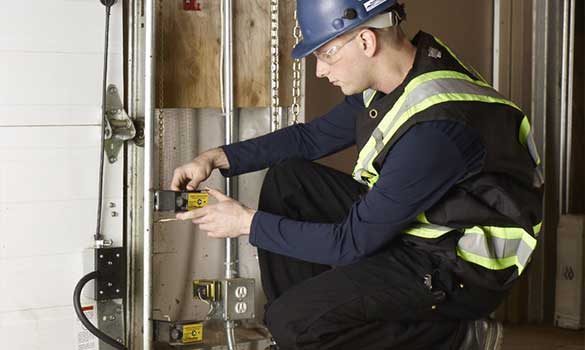
Document Maintenance Records
Maintaining a record of your maintenance activities is essential. This documentation helps track when maintenance was last performed, what repairs were made, and when components were replaced. It can be a valuable reference when planning future maintenance.
Consider a Maintenance Calendar
To stay organized, consider creating a maintenance calendar that outlines when different tasks should be performed. This ensures that no aspect of your garage security is overlooked or neglected.
Conclusion
Protecting your garage is not just about safeguarding your belongings; it’s about ensuring the safety of your home and loved ones. By following these tips and best practices, you can significantly enhance your garage security.
FAQs
Select high-quality deadbolt locks or smart locks with good reviews and ensure they are professionally installed.
While some systems can be DIY, it’s often recommended to consult with a professional to ensure proper installation and functionality.
If your garage is breached, prioritize your safety and contact the authorities immediately. Do not confront the intruder.
Yes, most smart security systems are designed for user-friendliness and can be controlled through a smartphone app.
Many modern security systems allow integration with garage security components for seamless protection.

